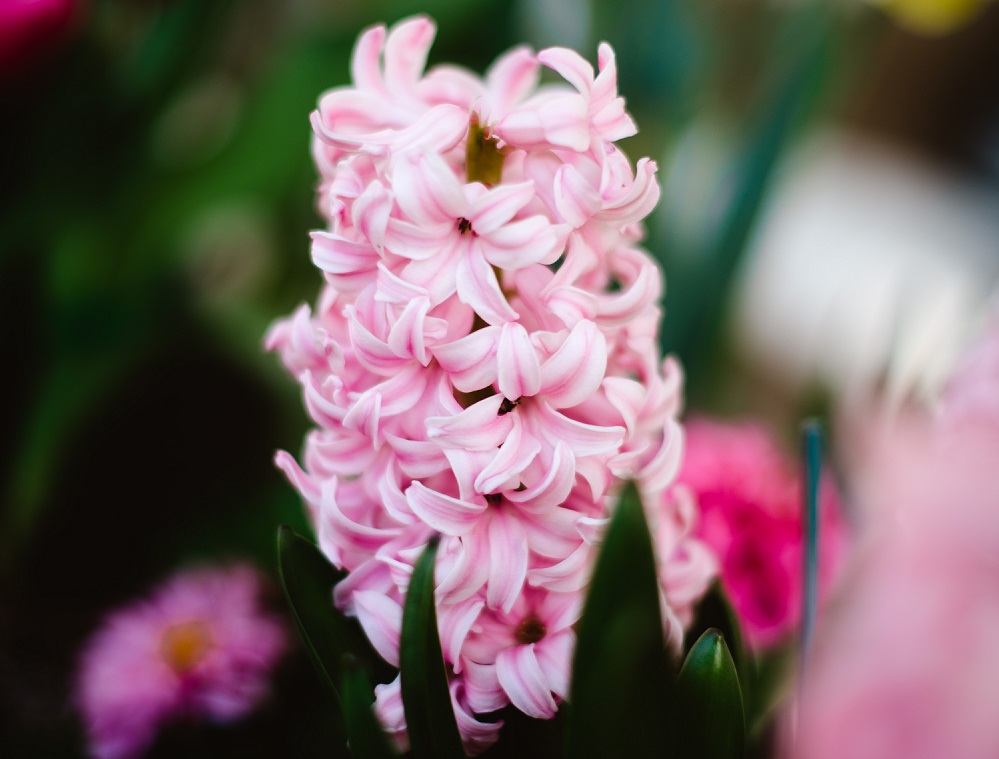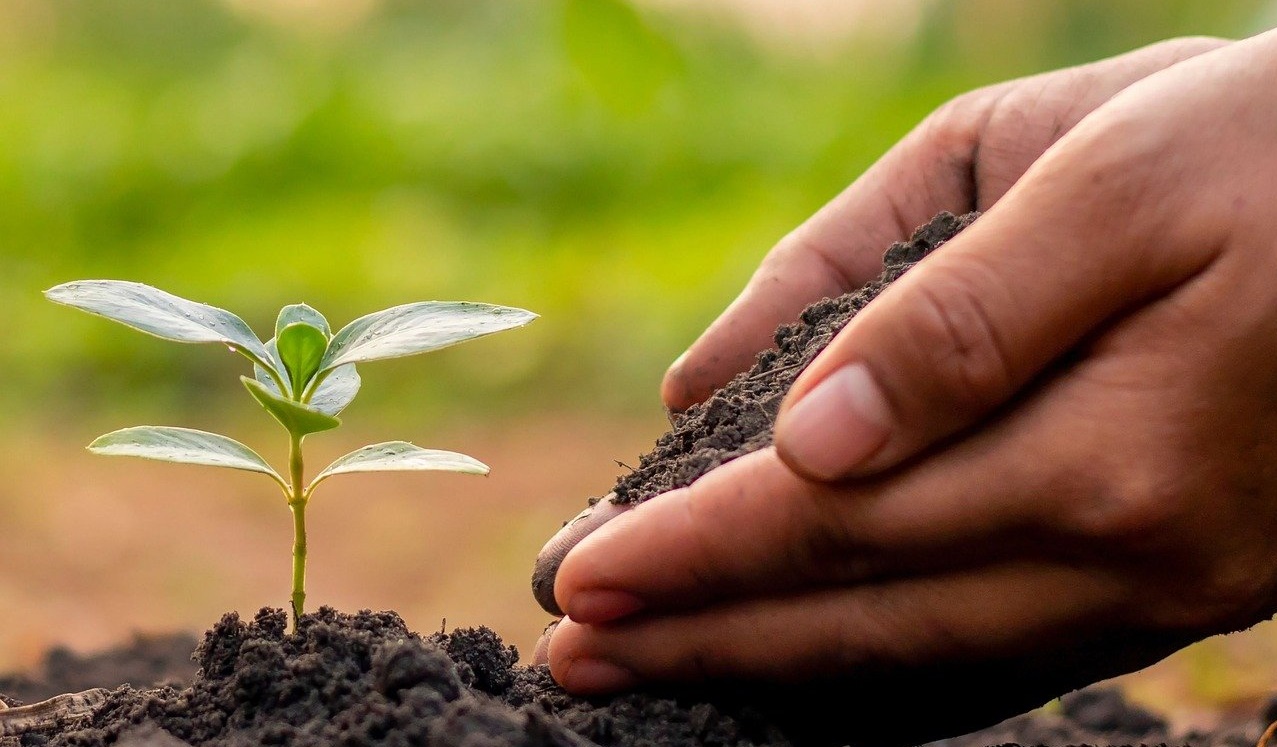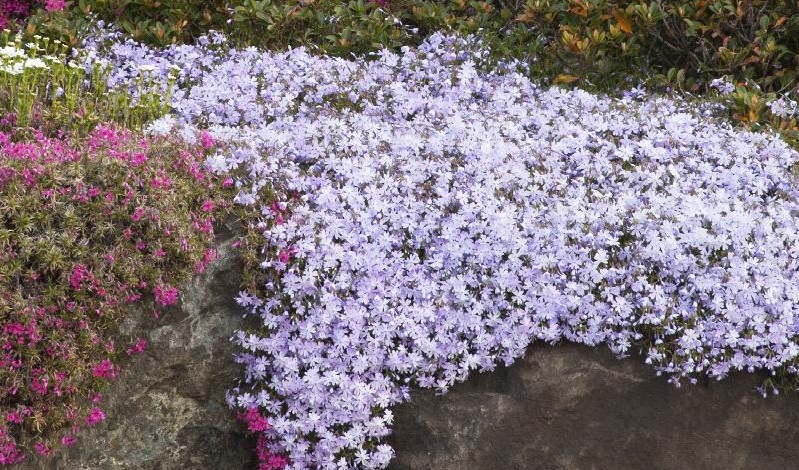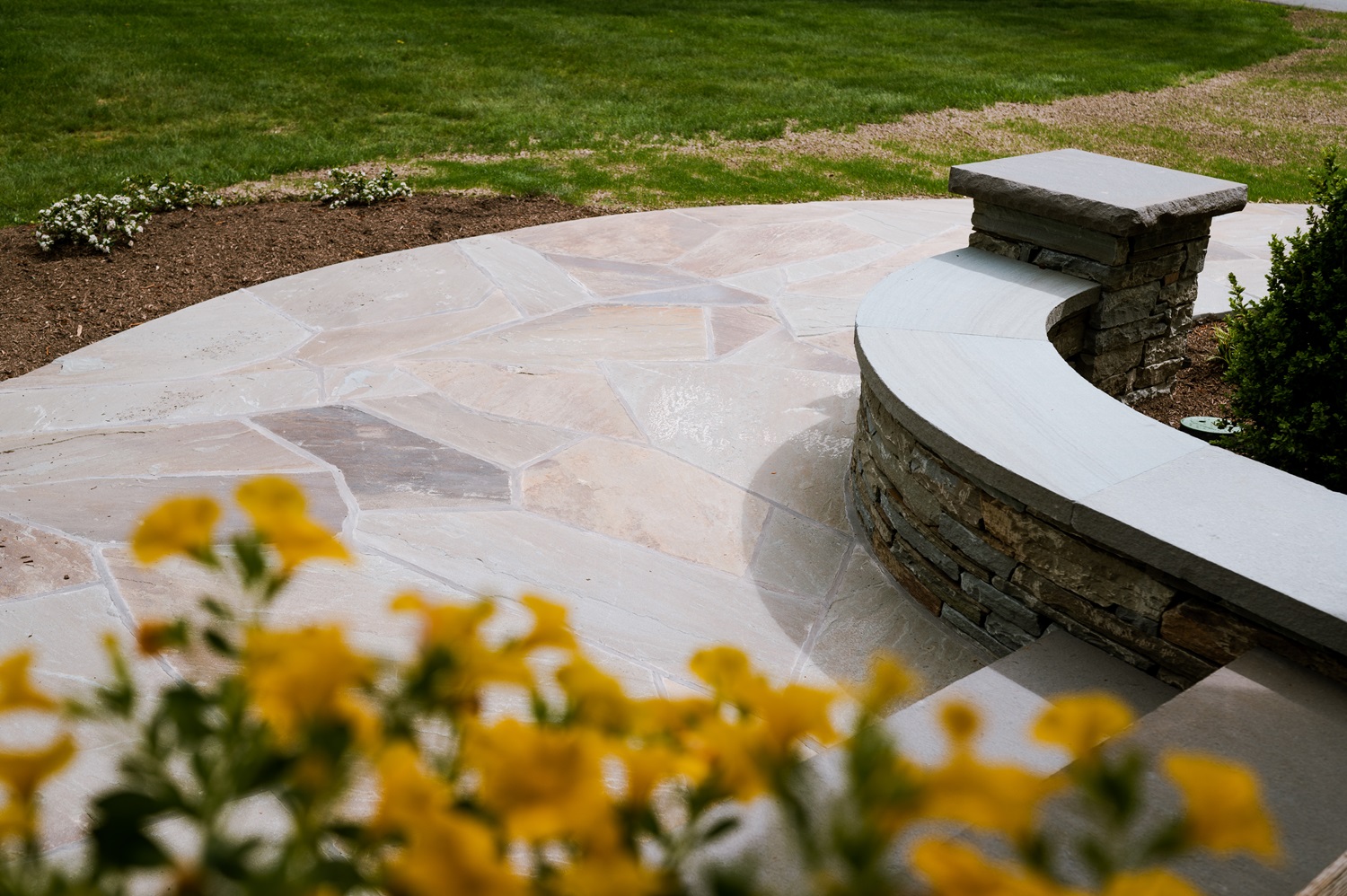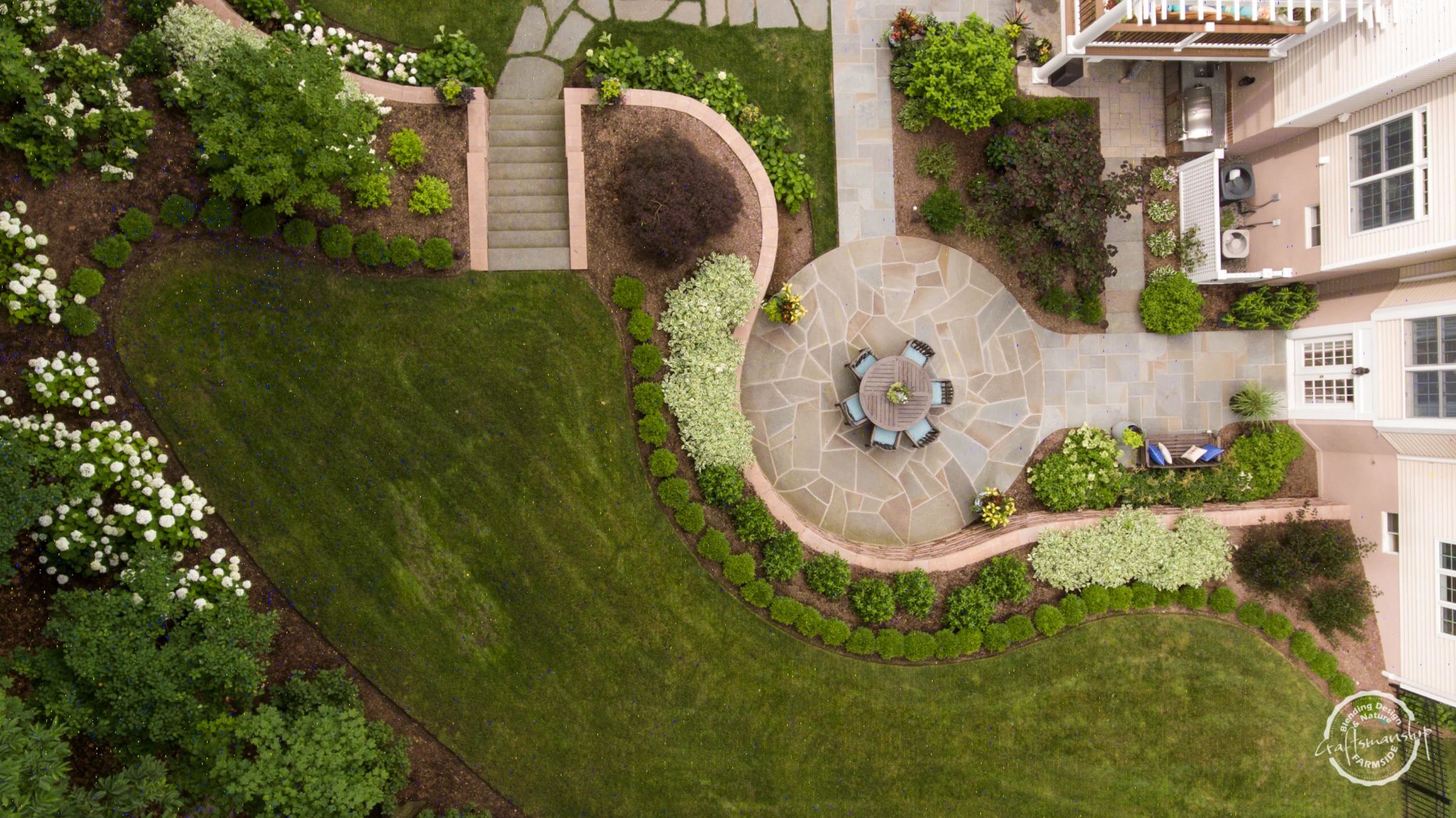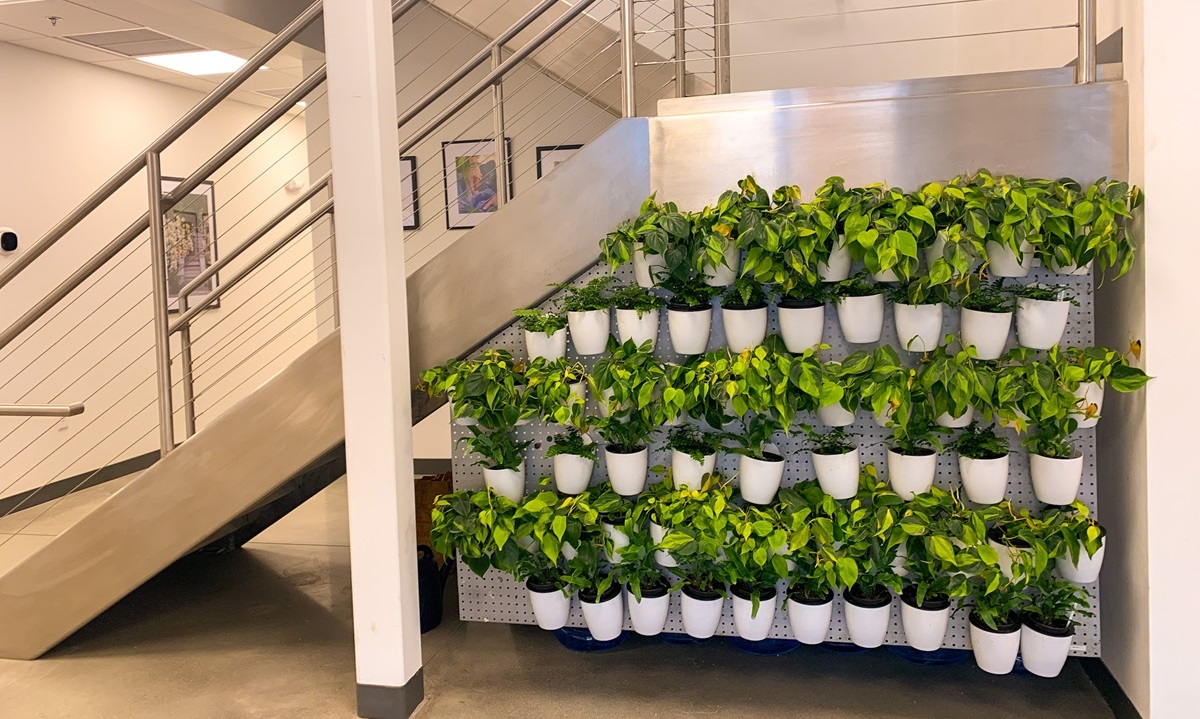Spring Bulbs
Is there anything more welcoming of the season than the first peeks of spring bulbs poking through the earth? In our area, daffodils, tulips and hyacinths are some of the earliest blooms to herald the arrival of spring in a rainbow of colors.
There are certain characteristics these bulbs all share:
- They are planted in the fall, usually several weeks before a hard frost is expected, so they have some time to establish roots before they go dormant for the winter.
- They prefer a sunny to partially shady site, with well-drained soil.
- Generally, the larger the bulb, the heartier the flower and the deeper you should plant the bulb. This can be anywhere from 4-6” or more, depending on the plant variety. The recommended planting depth is typically noted when you purchase your bulbs.
- After these spring bulbs bloom, you can cut back the spent flower, but let the leaves be until they turn brown so they can store energy for next year’s bloom. It’s not unusual for the following year’s blooms to be smaller and less robust, which is why some gardeners treat spring bulbs like annuals and simply dig them up after they’ve flowered.
- Because they bloom so early in the season, these spring bulbs can be planted beneath deciduous trees, along paths and walkways, as a garden border or between shrubs. They are especially breathtaking when planted in large masses for a naturalized woodland look.
- On the plus side, deer don’t like these spring flowers, but do take note they are poisonous to dogs and cats, so be sure to keep your pets safe.
Daffodils
There are over 13,000 varieties of daffodils, so you’re sure to find one (or more!) that captures your heart. Here are some favorites:
Trumpet or Long Cup: The “classic” daffodil, with a cup that is longer than the petals, this is a hardy plant, great for naturalizing, and has one flower per stem. Varieties include Dutch Master, Mount Hood and Goblet.
Double: Instead of the traditional cup, these daffodils have layers of petals, for a peony-esque type look. Some popular varieties include, Tahiti, Double Smiles, Golden Ducat and White Lion.
Miniature: These sweet little minis have flowers that barely reach an inch in diameter, on 6-10 inch stems. Tete a Tete and Baby Boomer are two varieties to check out.
Jonquilla: Jonquilla daffodils have multiple, small flowers (2-6) per stem and are especially fragrant. The foliage is almost grass-like, and is a great option for warmer southern gardens. Look for Beautiful Eyes, Pipit, Silver Smiles or Golden Echo.
In a cut arrangement, daffodils need to be kept in their own vase, since their stems secret a fluid that hastens the wilting of other flowers. If florists include daffodils in an arrangement, they usually pre-soak the flowers for at least 24 hours
Tulips
Color-wise, tulips range from the frostiest of whites to velvet black. The tulip is a member of the Liliaceae (lily) family, with over 150 species and over 3,000 varieties. Tulips were introduced to the Dutch from their native Turkey in 1593.
The flower quickly became a greatly coveted bloom, especially after a mosaic virus, carried by the green peach aphid, caused the flowers to display delicately feathered patterns of colors. (Today’s multicolored patterns are a result of breeding, not viruses). The flowers became so in demand that Tulip Mania ensued in the Netherlands between the years of 1634-1637.
During this time, a single bulb was said to have cost more than 10 times the average worker’s salary – more than the cost of a house. Unfortunately for many “tulip investors” what rose so quickly in price, came down just as quickly with devastating financial results; at the depth of the crash, the tulip bulb cost as little as an onion.
There are varieties of tulips that flower throughout the spring season:
- Early Flowering Varieties: Single and Double Early Tulips, Fosteriana Tulips, Kaufmanniana and Greigii.
- Mid-Season Flowering Varieties: Parrot Tulips, Hybrid Tulips and Triumph Tulips
- Late Flowering Varieties: Single and Double Late Tulips, Rembrandt Tulips, Fringed Tulips and Viridiflora.
Hyacinths
The Hyacinth is a beautifully fragrant member of the asparagus family (asparagaceae) that came to prominence at the French Court between 1745 and 1760. That’s when Madame de Pompadour, who was smitten with the flower, made sure there were extensive hyacinth plantings in the palace gardens. Additionally, it was noted that in the winter of 1759, Madame de Pompadour had about 200 hyacinths grown in glasses, spurring a trend that her numerous fashionable followers imitated.
Hyacinths boast densely clustered, waxy florets in colors that include white, yellow, pink, salmon, peach, orange, red, lavender, purple and blue. Varieties include:
- Single Blooms: Classic hyacinths. Blue Giant is one of the largest of the single varieties, with blue flowers streaked with deeper blue veins.
- Double Blooms: Bursting with blooms, these hyacinths grow on taller (10-12”) stems. Hollyhock is a variety that features deep pink flowers.
- Multiflora Blooms: These have a more casual look than single and double varieties, with looser clusters of flowers growing on multiple stalks. Anastasia is reminiscent of Bluebell.
Looking for more ways to bring color to your spring garden? Contact us here at Farmside Landscape & Design for great ideas for your landscape.
Photo Credit: Pixabay
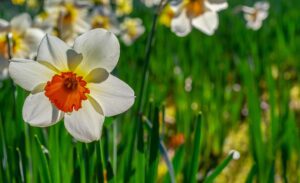
Photo Credit: PixaBay
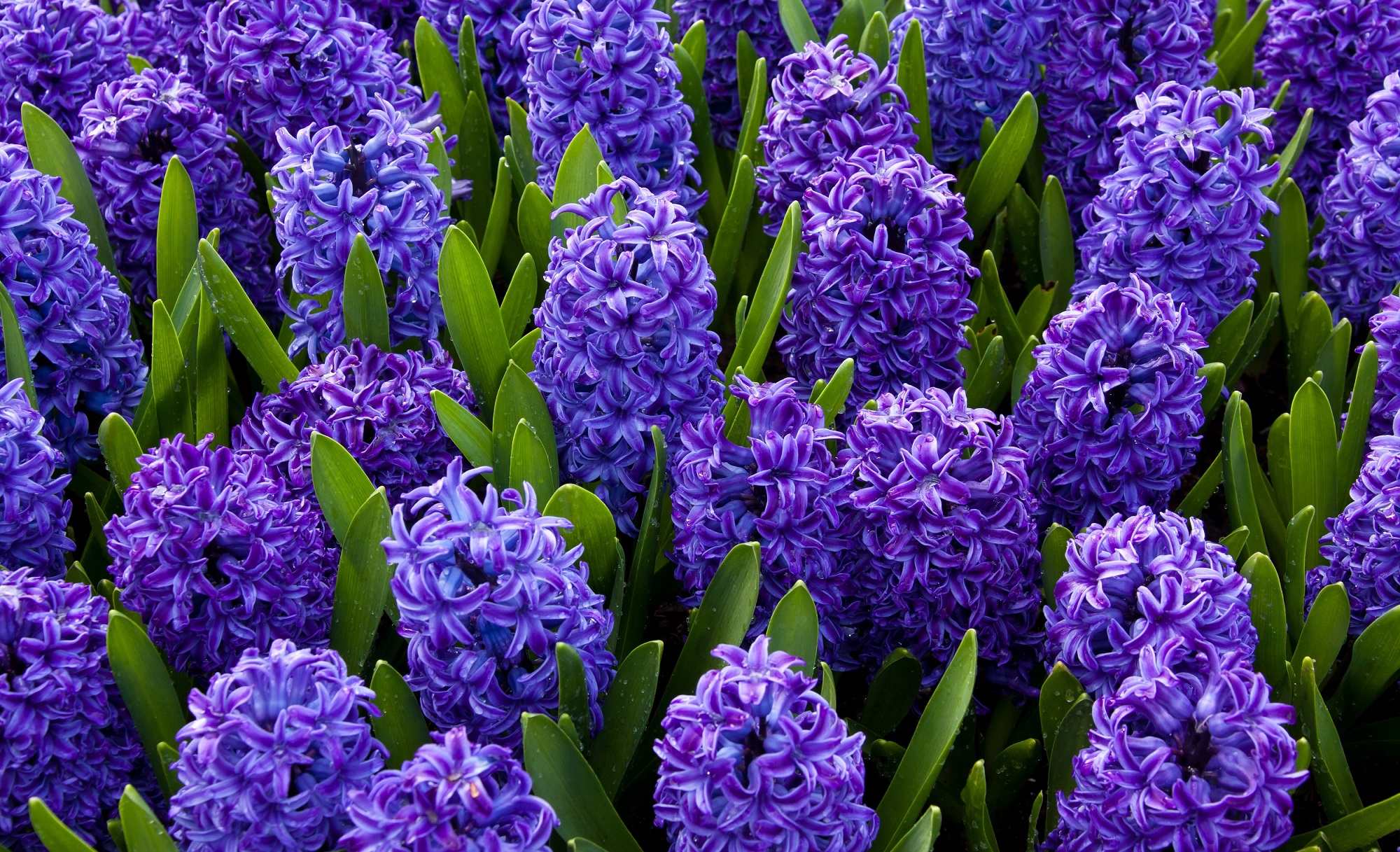
Photo Credit: PixaBay
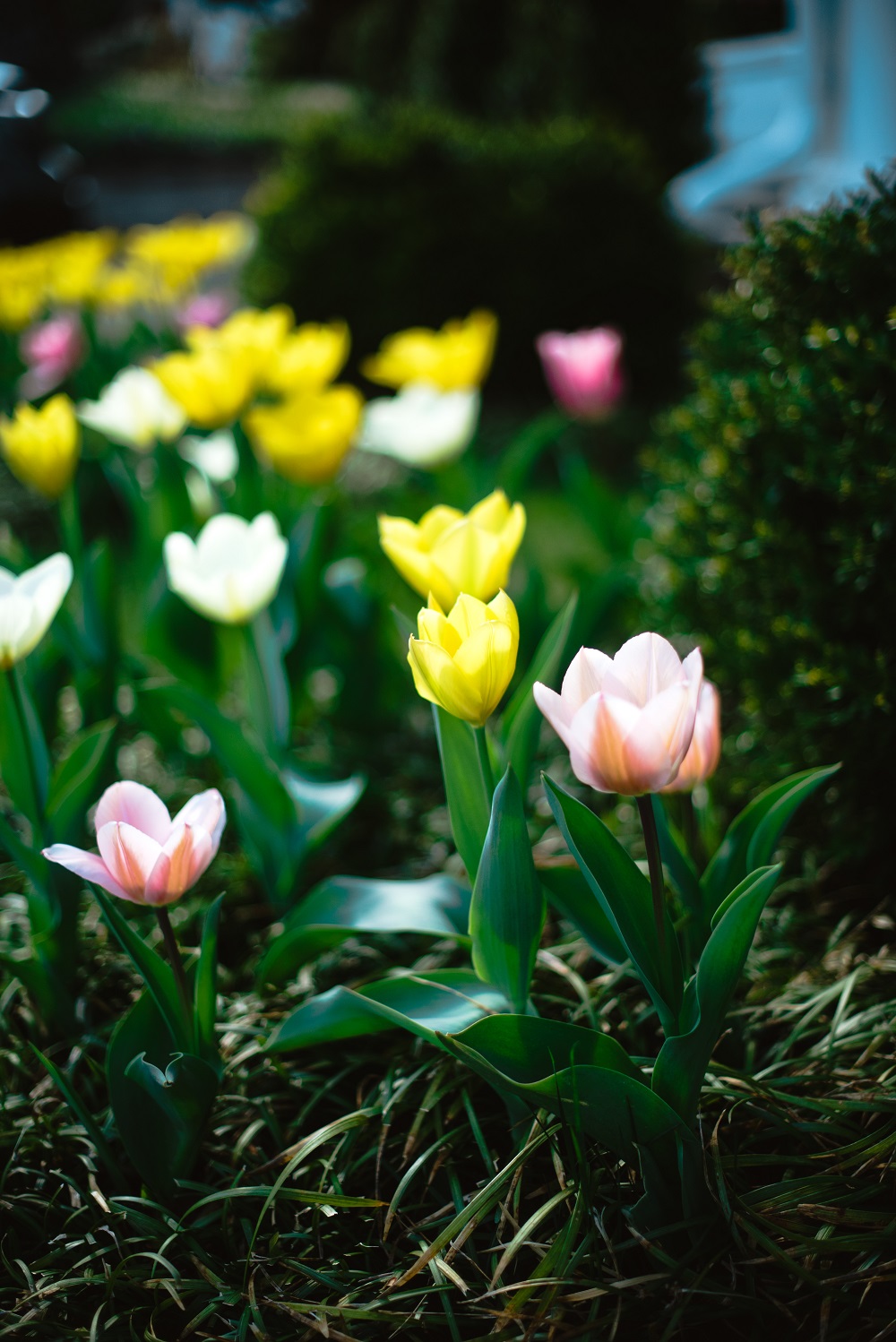
Photo Credit: @whats_blooming

